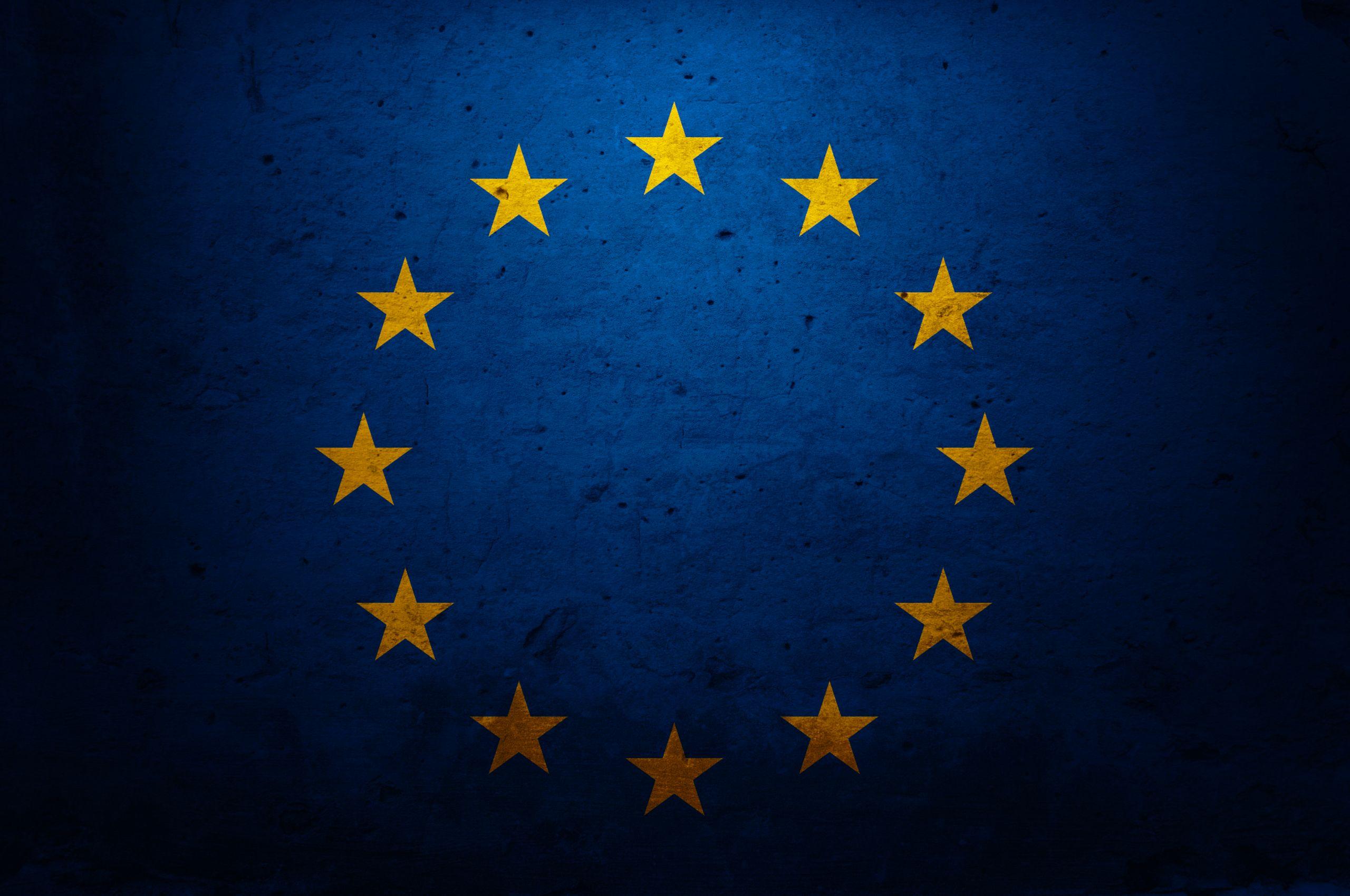MADRID — NATO came together in a rare wartime meeting this week and showed a united front on arming and supporting Ukraine in its war with Russia, naming China as an economic and diplomatic threat — that is also rapidly building up its military — and trying to make the alliance better able to respond to any Russian incursions.
And let’s not forget Turkey’s last-second agreement to approve allowing Finland and Sweden into the alliance.
All of that and more was packed into about 48 hours of closed-door meetings, news conferences, sideline chats, dinners and pledges to remain united against Russia both militarily and economically, as gas and agricultural prices continue to rise.
Hold the line, and deny Russia
NATO is clearly and definitively not ignoring the threat presented by an unpredictable and brutally violent Russia. The alliance’s new Strategic Concept paper — a guide for alliance strategy updated for the first time in over a decade — warns it “cannot discount the possibility of an attack against Allies’ sovereignty and territorial integrity” by the Kremlin, and Eastern European and Baltic alliance members were clear: They are worried.
That view was echoed by leaders from big powers like the U.S. and U.K. to small nations like Estonia, all of which genuinely appear to be on the same page about Russia. During the summit, Ukraine was held up as a frontier separating the West from Russian aggression. British Prime Minister Boris Johnson said Thursday that if Russia wins in Ukraine, “Putin will be in a position to commit further acts of aggression against other parts of the former Soviet Union more or less with impunity.”
One NATO military official told reporters on the sidelines of the summit that before the invasion, “what we underestimated was Russia’s intent” in Ukraine, and that’s not a mistake they plan to make again.
Beijing is on the agenda, but vaguely
China is a problem, but not yet a threat. “China is not our adversary,” NATO Secretary General Jens Stoltenberg said, unveiling the new document on Wednesday, “but we must be clear-eyed about the serious challenges it represents.”
Still, NATO invited the leaders of Japan, South Korea, New Zealand and Australia to the summit for the first time to engage in consultations, a clear sign that Brussels is looking further than Russia when cataloging military and economic threats.
n Madrid, Australian Prime Minister Anthony Albanese drew some parallels between Russia and China to drive home the issues he’s dealing with on the other side of the world. “Just as Russia seeks to recreate a Russian or Soviet empire, the Chinese government is seeking friends, whether it be through economic support, to build up alliances to undermine what has historically been the Western alliance in places like the Indo-Pacific.”
Friends forever, at least for today
Turkey was absolutely against Finland and Sweden joining NATO, until it wasn’t. Turkish President Recep Tayyip Erdoğan did the grin-and-grip with President Joe Biden on Wednesday after the Turkish leader surprised just about everyone by becoming the 30th and final alliance member to greenlight the ascension of the two Nordic countries to the NATO family.
The costs of the agreement appear to be minimal. Sweden and Finland agree to shun the PKK, the Kurdish terrorist group fighting Turkish forces for independence, and pledged to drop the military sanctions slapped on Turkey for its invasion of Syria. The White House also publicly backed selling Turkey F-16 modernization kits, a deal that has been on the rocks for months.
Biden backed the potential F-16 deal on Thursday, telling reporters that he has supported the sale for months. “As I said back in December, we should sell them the F-16 jets and modernize those jets as well. … I indicated to them I have not changed my position at all since December, there was no quid pro quo with that but I need congressional approval in order to do that, and I think I can get that.”
Move fast … in a couple years or so
The alliance’s vaunted NATO Reaction Force, a 40,000-strong unit that can deploy within 30 days, is bound for the dustbin of history. We’re just not sure when. On Monday, Stoltenberg kicked off the summit with major news: 300,000 troops across the continent and beyond would be placed on high readiness as part of the “biggest overhaul of our collective defense and deterrence since the Cold War.”
He and his staffers spent the rest of the event clarifying what he meant, after several alliance members shrugged their shoulders when asked what the chief meant.
Meeting with reporters Thursday, two NATO officials said the force will be made up of “tiers” with the first being about 100,000 troops ready to fight in 0-10 days, 300,000 troops ready in 30 days, and 500,000 ready in 180 days. It’s still not clear when the planning for these ready forces will be ready, but one official suggested it could be as far out as 2028.
Russian started it and Trump finished it
The leadership in Brussels is still worried about the arms control agreements the U.S. walked away from under the Trump administration, but it’s blaming Russia.
“The erosion of the arms control, disarmament and non-proliferation architecture has negatively impacted strategic stability,” the new Strategic Concept paper says. “The Russian Federation’s violations and selective implementation of its arms control obligations and commitments have contributed to the deterioration of the broader security landscape.”
Russia had been violating the Cold War-era Intermediate-Range Nuclear Forces Treaty, or INF, for years, quietly testing the banned ground-launched cruise missiles that could fly between 310 and 3,400 miles. The Trump administration left the pact in 2019, which drew criticism from Europe, who saw echoes of their exposure to such missiles at the height of the Cold War before the deal was struck in 1987.
In 2020, the administration then left the Open Skies Treaty, a 34-nation agreement that allowed the U.S., Russia and other countries to fly their aircraft over each other’s territory to confirm military activities and maintain some transparency. Russia had long denied airspace over its Kaliningrad exclave and near its border with Georgia, leading to the U.S. withdrawal. Russia formally left the agreement in 2021.



